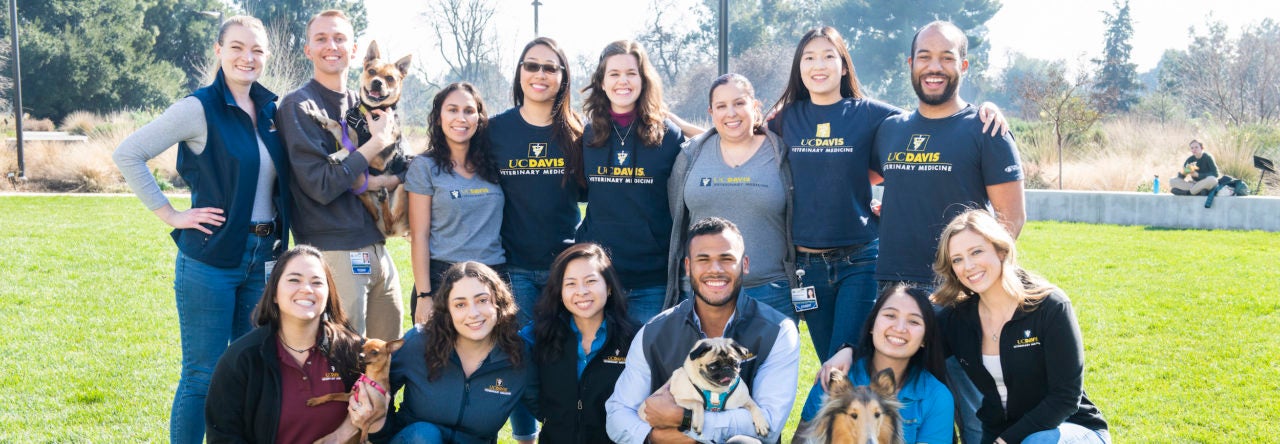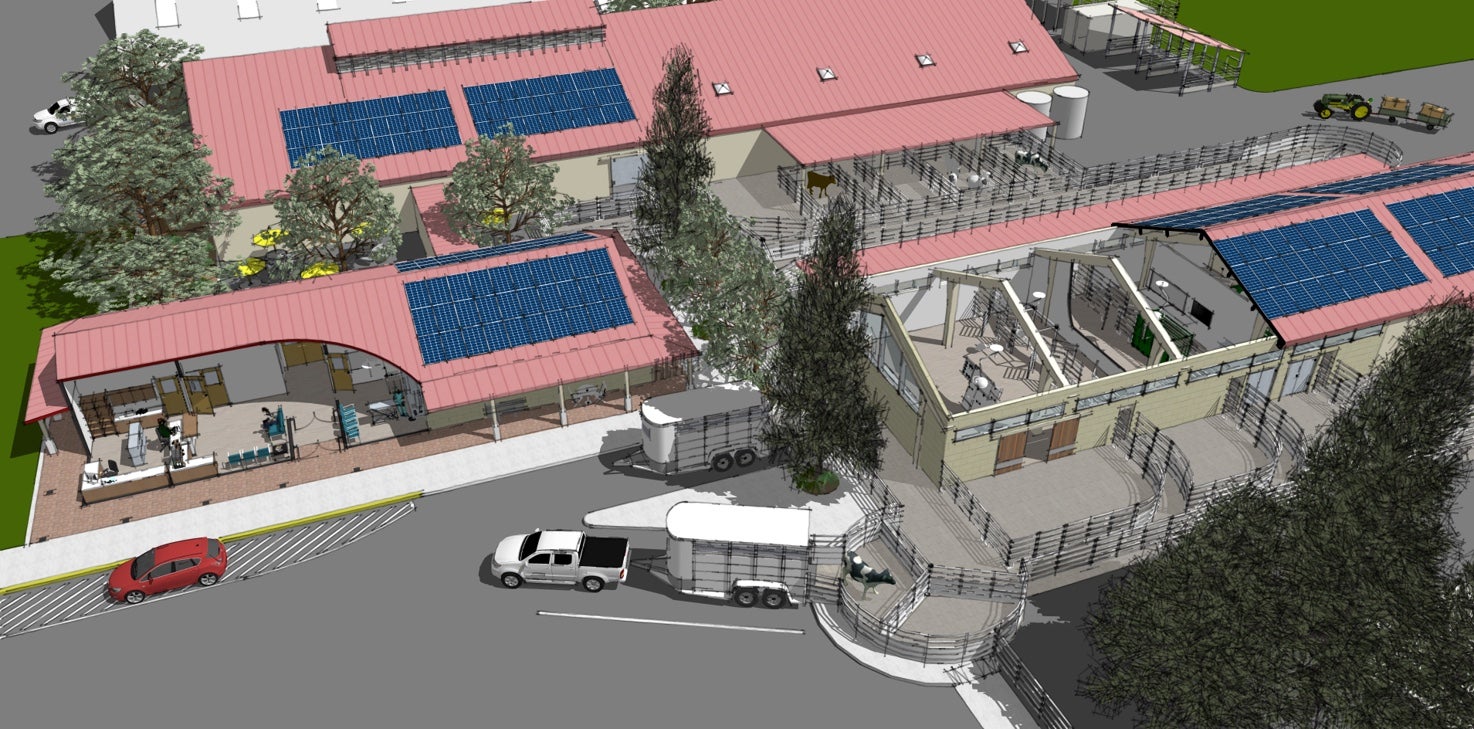“You must look within for value, but must look beyond for perspective.”- Denis Waitley
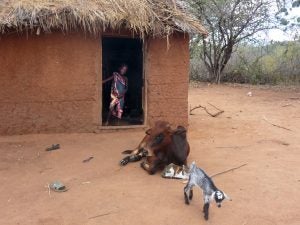
The Health for Animals and Livelihood Improvement (HALI) Project is a collaborative research and capacity building program investigating health at human-animal-environment interfaces in Tanzania.
Recently, I was privileged to be an invited speaker at the American Veterinary Medical Association’s Global Food Security Summit: Understanding the Role of Animal Health and Well Being in Washington D.C. The summit participants included a diverse group of organizations discussing the positive benefits of public and private stakeholder partnerships and the veterinary community to promote and enhance global food security. Among other goals, the summit defined the role of animal source foods in enhancing global food security and described ways to improve animal health to create a more secure, sustainable, safe, and nutritious food supply in areas of global food insecurity.
Participants of the summit were made aware of the stark reality that approximately 75 percent of the world’s poorest people get their food and income by farming small plots of land, and the critical role of animal-sourced proteins in the first 1000 days of life to prevent malnutrition and childhood stunting. It is relatively easy to lose perspective for the plight of the world’s poor in the developed world where food sources are taken for granted. In our daily lives, it is assumed we will have access to multiple sources of nutritious food, even though we may make poor choices in the foods we choose to eat.
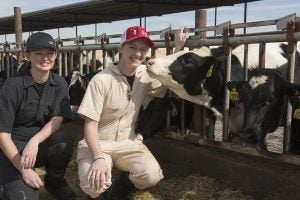
From left: Fourth-year students Hannah MacDonald and Margaret Austin spent several weeks at the VMTRC, visiting dairies to gain hands-on experience in food animal medicine and herd health management.
A significant contribution that veterinarians make in supporting healthy food systems is through the promotion of animal health and welfare. Our school was formed on the foundation to protect livestock from disease to help create a reliable food supply for society. Today, our school has multiple programs to support a healthy food system, from the California Animal Health and Food Safety Laboratory System to the Western Institute of Food Safety and Security. Our Veterinary Medical Center Research and Teaching Center in Tulare, California, educates and trains the next generation of veterinarians in dairy production medicine.
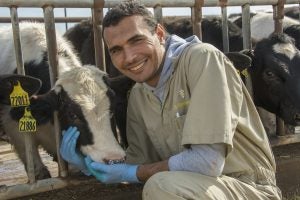
Dr. Wagdy El-Ashmawy is a resident from Egypt at the Veterinary Medicine Teaching and Research Center in Tulare.
We have multiple faculty engaged in food animal research from genetic analysis of food-borne pathogens to improved vaccines or treatments against livestock and aquaculture diseases. Many of these projects begin with pilot-grant funding from our Center for Food Animal Health. Our Food Animal Residue Avoidance Databank, is a specialized USDA-sponsored service that helps producers and veterinarians prevent harmful residues of drugs, pesticides, and other chemical agents that may contaminate foods of animal origin. Our Center for Animal Disease Modeling and Surveillance develops systems to prevent, control, or eradicate animal diseases and their associated adverse economic impacts.
A critical component of our portfolio to train the next generation of veterinarians who will be on the front lines of protecting our food supply, is our Large Animal Clinic. The Large Animal Clinic offers high quality services for livestock animals, provided by board-certified veterinary specialists and highly trained staff. The clinic is central to our education of food animal veterinarians who learn technical skills and knowledge of livestock and the roles of livestock in our society. To support our vision, we are embarking on a facelift of our current clinic to create the Livestock and Field Service Center designed in consultation with Dr. Temple Grandin, Ph.D., well known for her groundbreaking work in designing humane animal facilities.
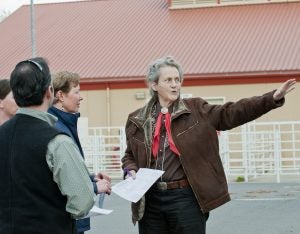
Dr. Temple Grandin discusses possible designs for the new Livestock and Field Service Center with Drs. Bret McNabb and Pam Hullinger.
We are inspired to continue to lead veterinary medicine by creating an educational, research, and service facility that combines the many resources and disciplines across our university to focus on what is basic to all of us, a nutritious food supply. As we look to the future, we will maintain a perspective that includes what is needed for a healthier society, in California and across the globe.
